As we step into 2025, the landscape of digital marketing continues to evolve, with QR code marketing emerging as a pivotal strategy for businesses. The use of QR codes has transitioned from a mere trend to a mainstream marketing tool, offering a seamless bridge between the physical and digital worlds.

The significance of QR code strategy lies in its ability to enhance customer engagement, drive sales, and provide valuable insights into consumer behavior. By leveraging QR codes, businesses can create interactive experiences that captivate their audience and foster brand loyalty.
This comprehensive guide will walk you through the latest digital marketing trends involving QR codes, best practices for implementation, and future predictions that will shape the industry.
Table of Contents
Why are QR codes so powerful for SMBs?
QR codes are incredibly powerful for small and medium-sized businesses (SMBs) because they offer a simple yet highly effective bridge between offline and online engagement. For SMBs, marketing budgets are often limited, making it crucial to leverage cost-effective tools that can deliver measurable results. QR codes allow businesses to instantly connect customers to websites, social media pages, promotional offers, product information, or even payment systems, all with a quick scan from a smartphone. This immediacy enhances the customer experience, reduces friction in the buyer journey, and increases the likelihood of conversions. Additionally, QR codes provide valuable analytics—businesses can track scans, locations, and times, enabling SMBs to make data-driven decisions without investing heavily in complex marketing systems. By combining affordability, accessibility, and measurable impact, QR codes empower SMBs to compete more effectively with larger companies, engage audiences creatively, and grow their presence in both local and digital markets.
How can QR codes connect offline and online marketing?
QR codes act as a powerful bridge between offline and online marketing by seamlessly connecting physical interactions with digital experiences. When a customer encounters a QR code on a poster, product packaging, business card, or print ad, they can instantly scan it with their smartphone to access online content such as a website, social media page, promotional video, or special offer. This creates an immediate and measurable link between offline exposure and online engagement. For businesses, this connection allows them to track user behavior, gather valuable data, and optimize marketing campaigns based on real-world interactions. Additionally, QR codes make it easier to provide a richer, interactive experience for customers without requiring them to manually type a URL or search for information, thus increasing engagement and driving conversions across both marketing channels. By integrating QR codes into offline materials, brands effectively turn traditional advertising into a dynamic digital gateway, strengthening the synergy between offline visibility and online presence.
Ready to Transform Your Marketing Strategy in 2025?
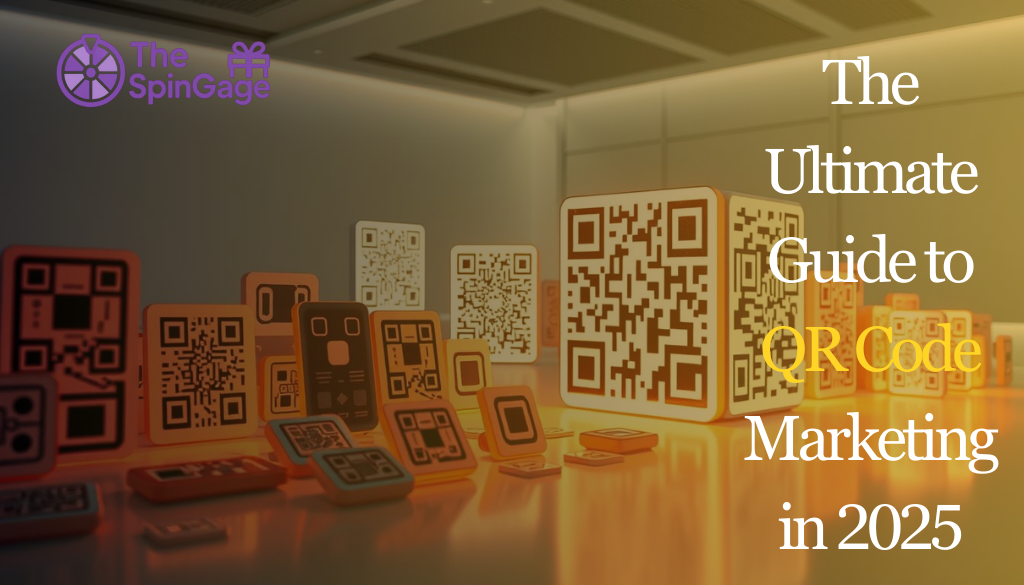
Are you leveraging the full potential of QR codes to connect with your audience in meaningful ways? In 2025, QR code marketing isn’t just a trend—it’s a revolutionary tool that bridges the gap between physical and digital experiences. From dynamic QR codes that allow real-time updates to visually branded codes that boost recognition, the opportunities are endless. Businesses across retail, hospitality, healthcare, and entertainment are using QR codes to drive engagement, enhance customer experiences, and increase conversions. By integrating QR codes into your omnichannel marketing strategy, optimizing mobile experiences, and tracking key metrics like scan rates and user journeys, you can create campaigns that not only capture attention but also convert it into measurable growth.
How does SpinGage use QR codes to collect data and reviews?
SpinGage leverages QR codes as a central tool to streamline the collection of customer data and reviews, creating a seamless bridge between offline interactions and digital engagement. By placing unique QR codes on products, receipts, or promotional materials, SpinGage allows customers to scan them with their smartphones, instantly directing them to customized online forms or review pages. This method enables the platform to gather valuable insights such as customer preferences, purchase behaviors, and satisfaction levels in real time. Moreover, the ease of scanning encourages more users to leave reviews, improving the volume and quality of feedback. SpinGage can then analyze this data to identify trends, measure product performance, and refine marketing strategies, making QR codes not just a convenience for customers, but a powerful tool for businesses to enhance engagement and drive informed decision-making.
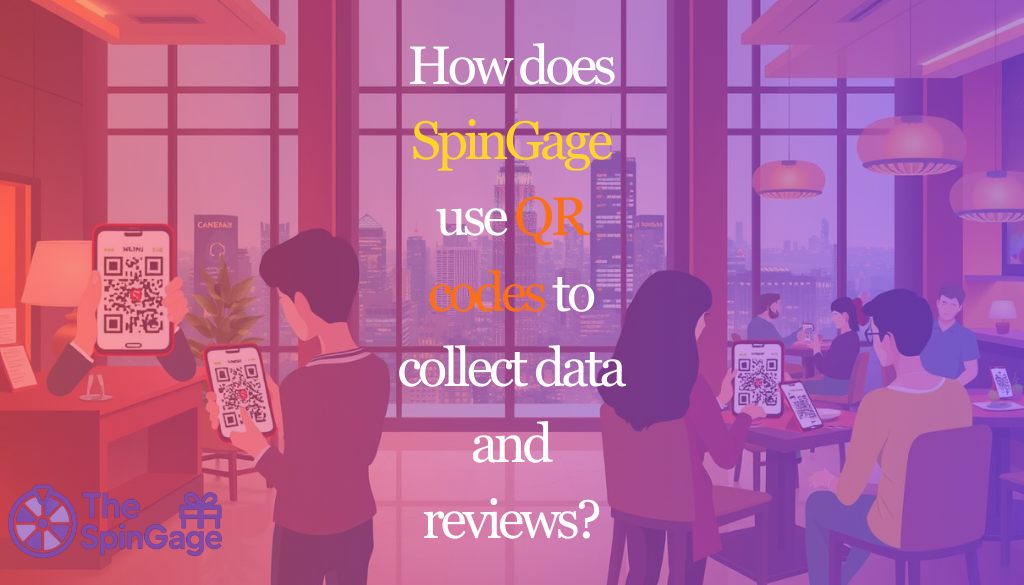
How does SpinGage automate review collection?
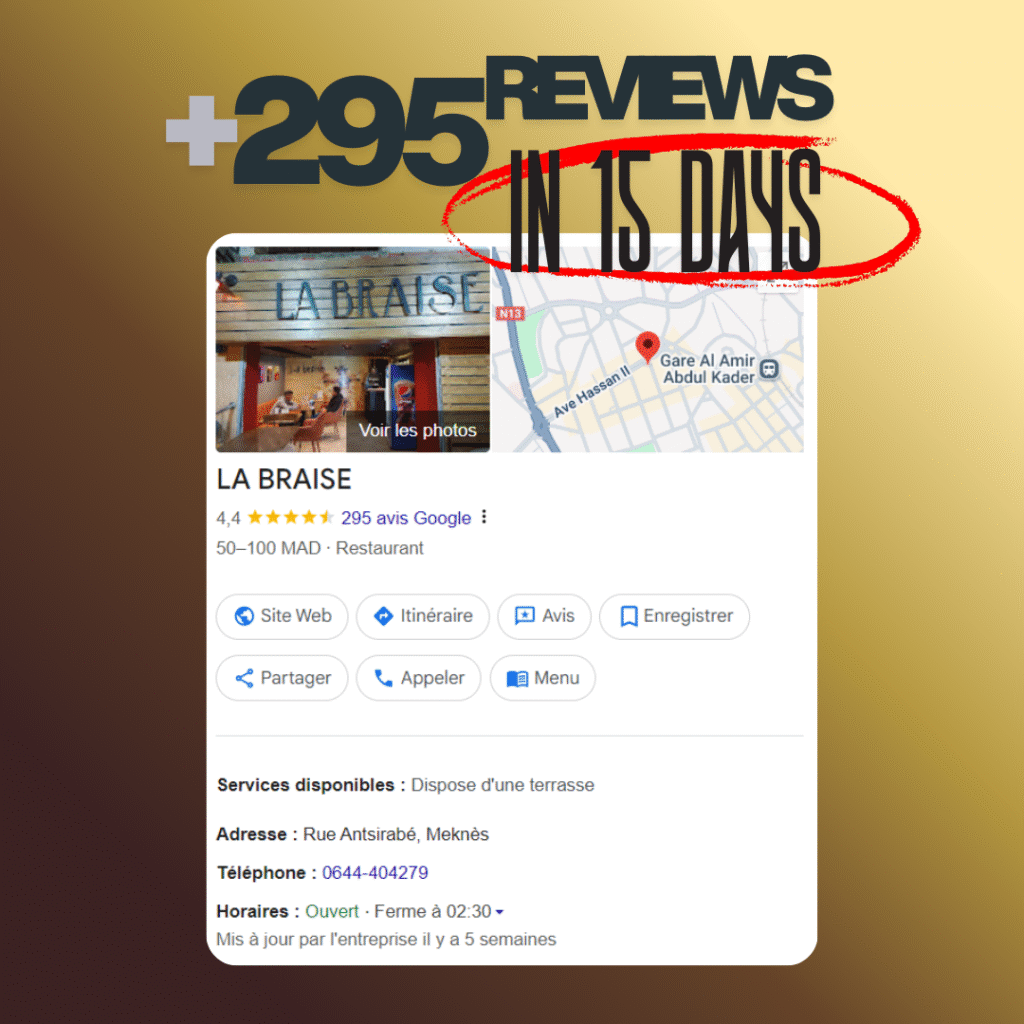
+295 REVIEWS IN JUST 15 DAYS :
Labraise is a restaurant that gained more than 295 new customer reviews and increased their income by using TheSpinGage solution.
They placed a flyer with a QR code on every table, allowing each diner to scan and spin the wheel. Labraise used a 100% winning ratio plan, where customers always won either 10% off their meal or a free soda.
This simple gamification encouraged guests to leave reviews, boosted loyalty, and kept customers coming back.
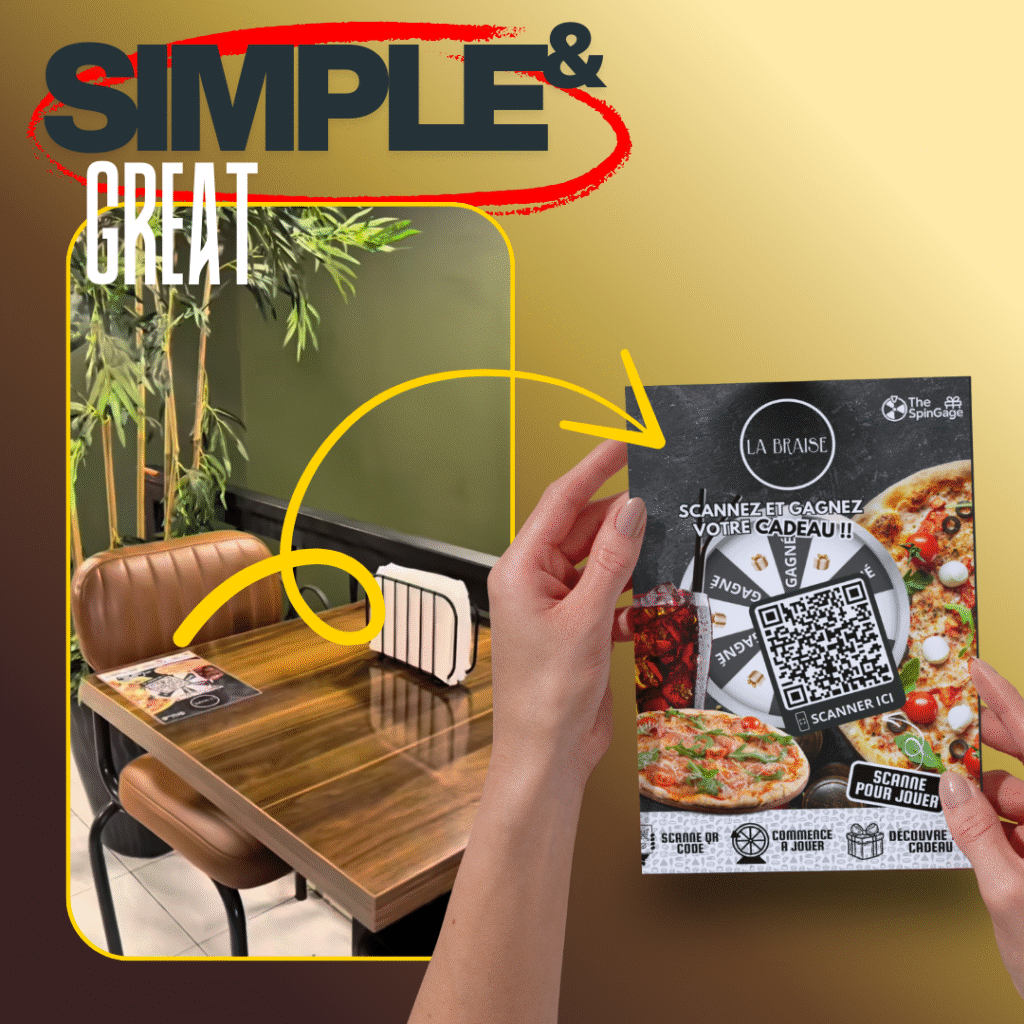
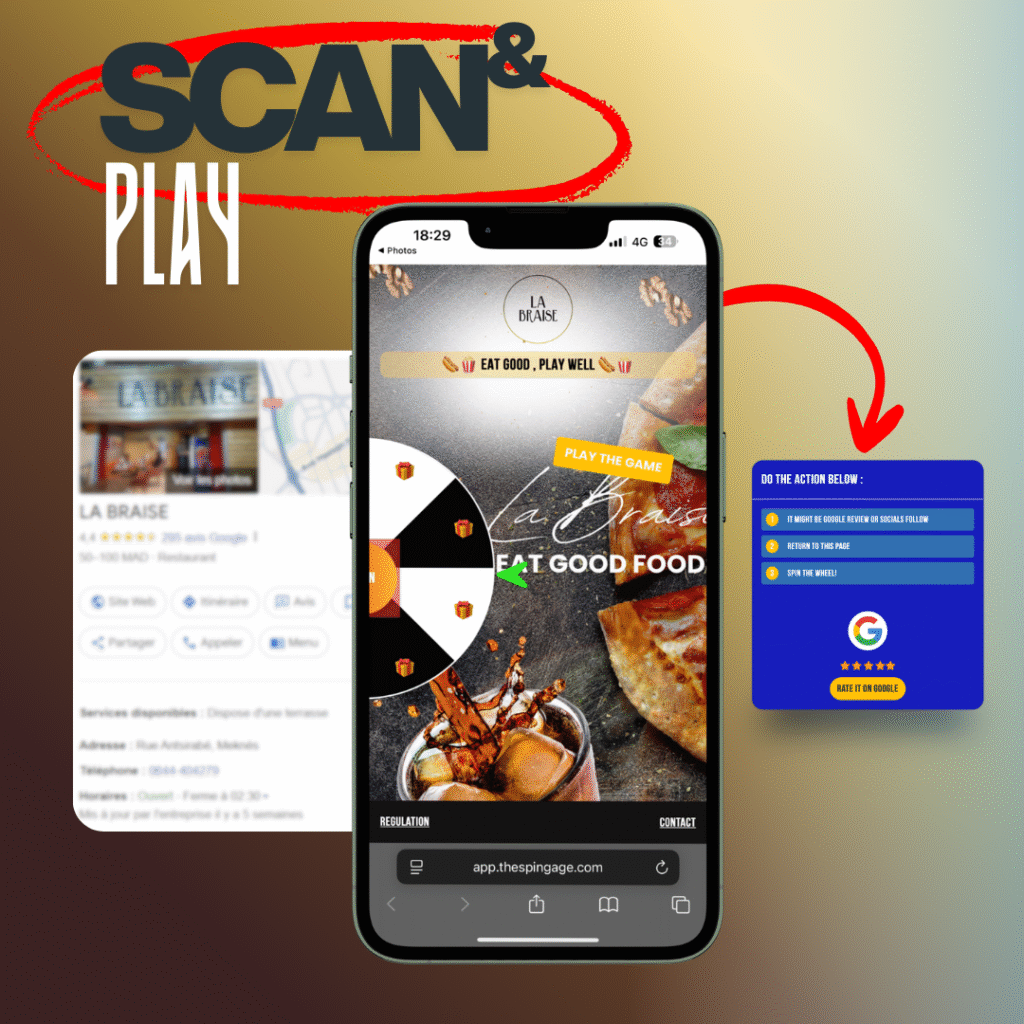
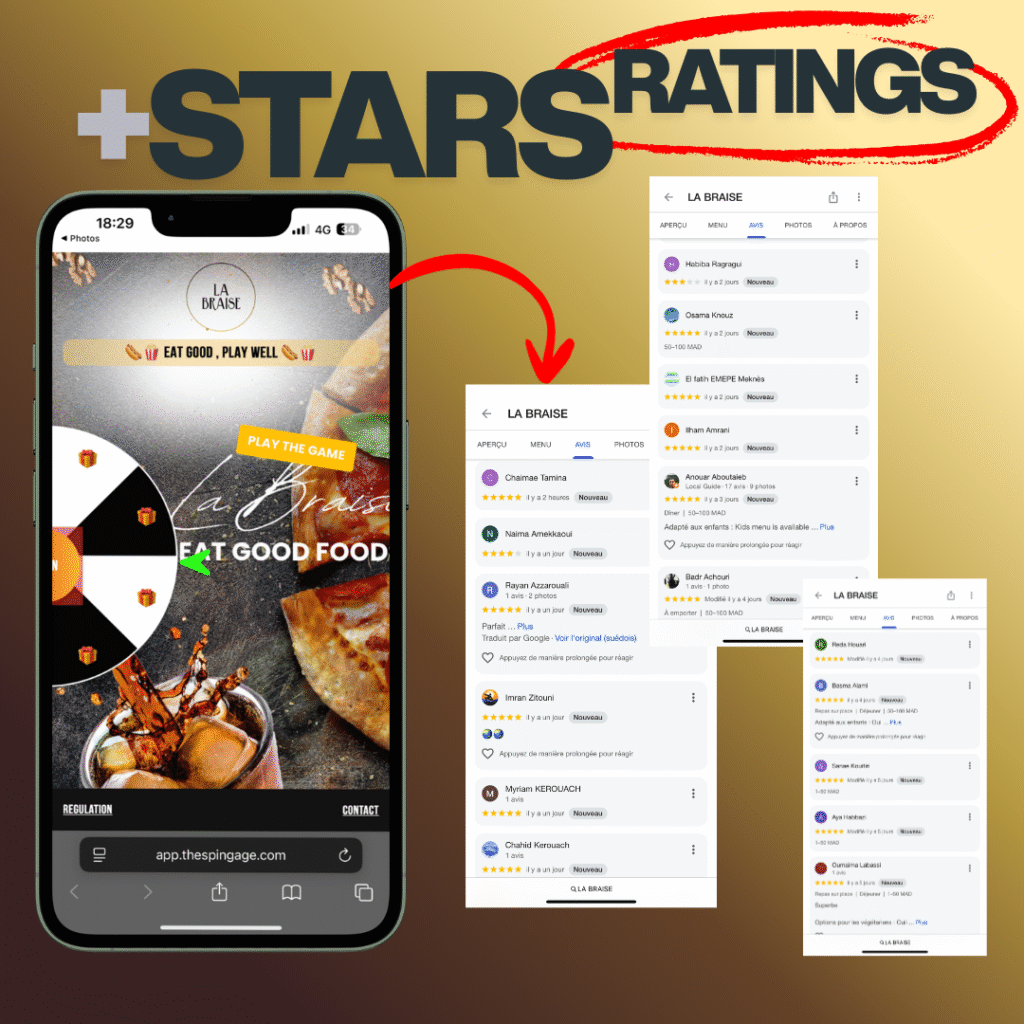
HOW IT WORKS IN 4 EASY STEPS ?
1 – Scan the QR Code
Clients simply scan the QR code placed on the table or provided directly by you.
2- Take Action First
To unlock the gameplay, they must complete the required action.
3- Spin the Wheel
Once unlocked, they spin the wheel to test their luck.
4- Win Rewards
If they win, a QR code is instantly sent to their email. If not, nothing happens. In both cases, the game is locked for 24 hours, ensuring fairness and excitement for the next try.
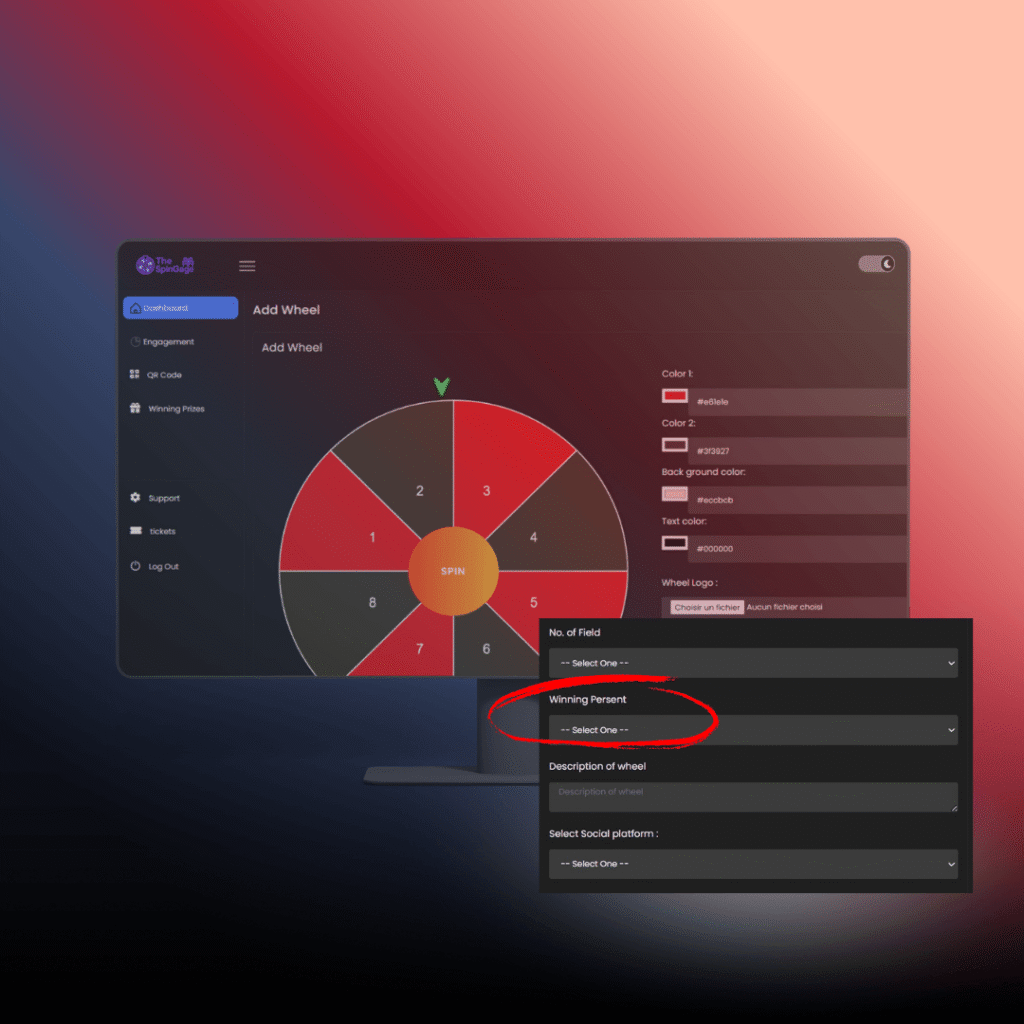
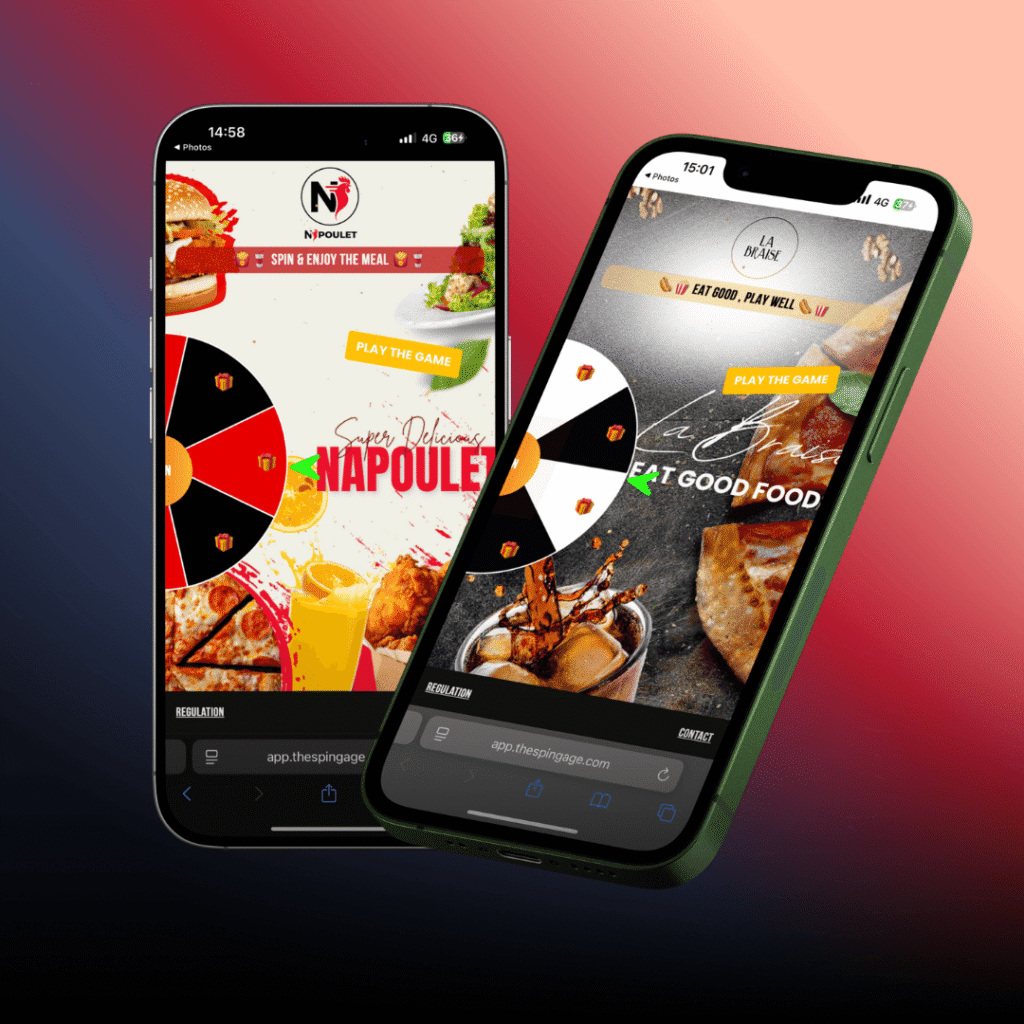
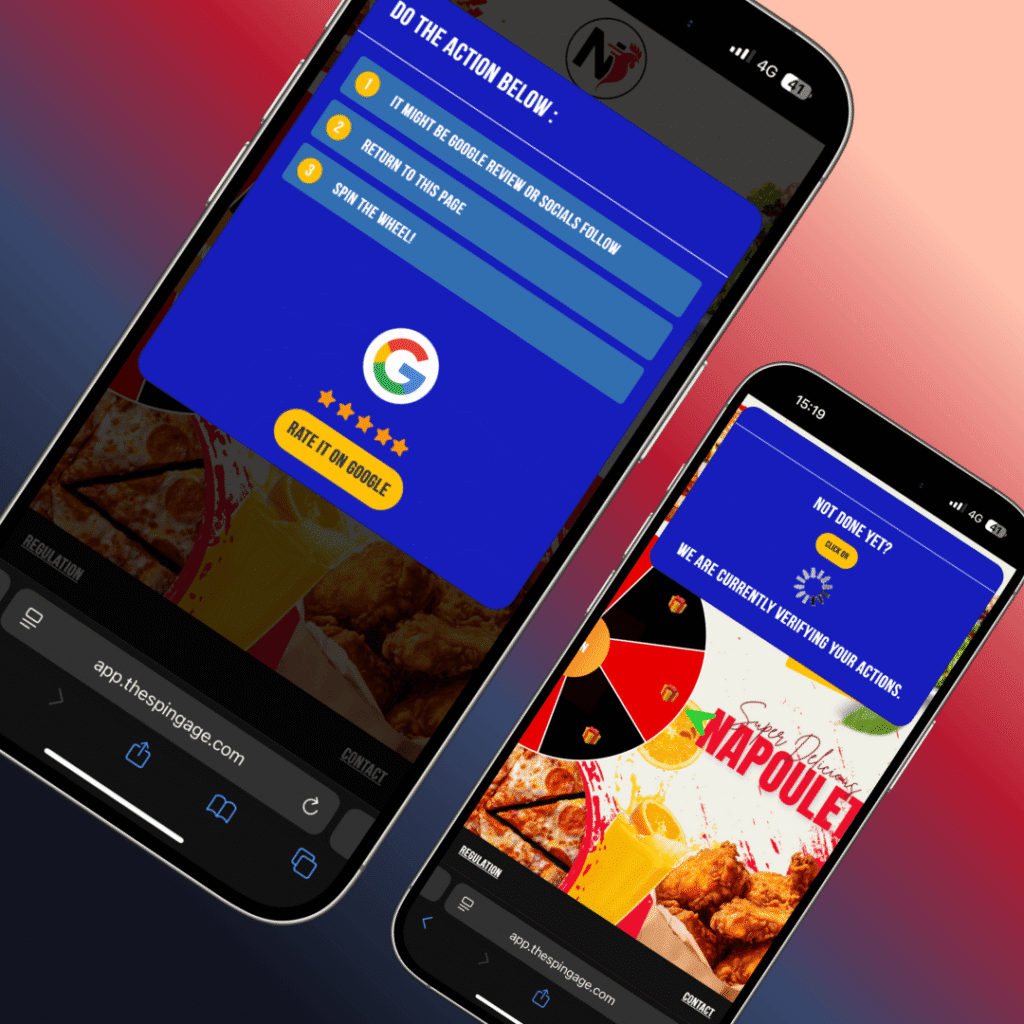
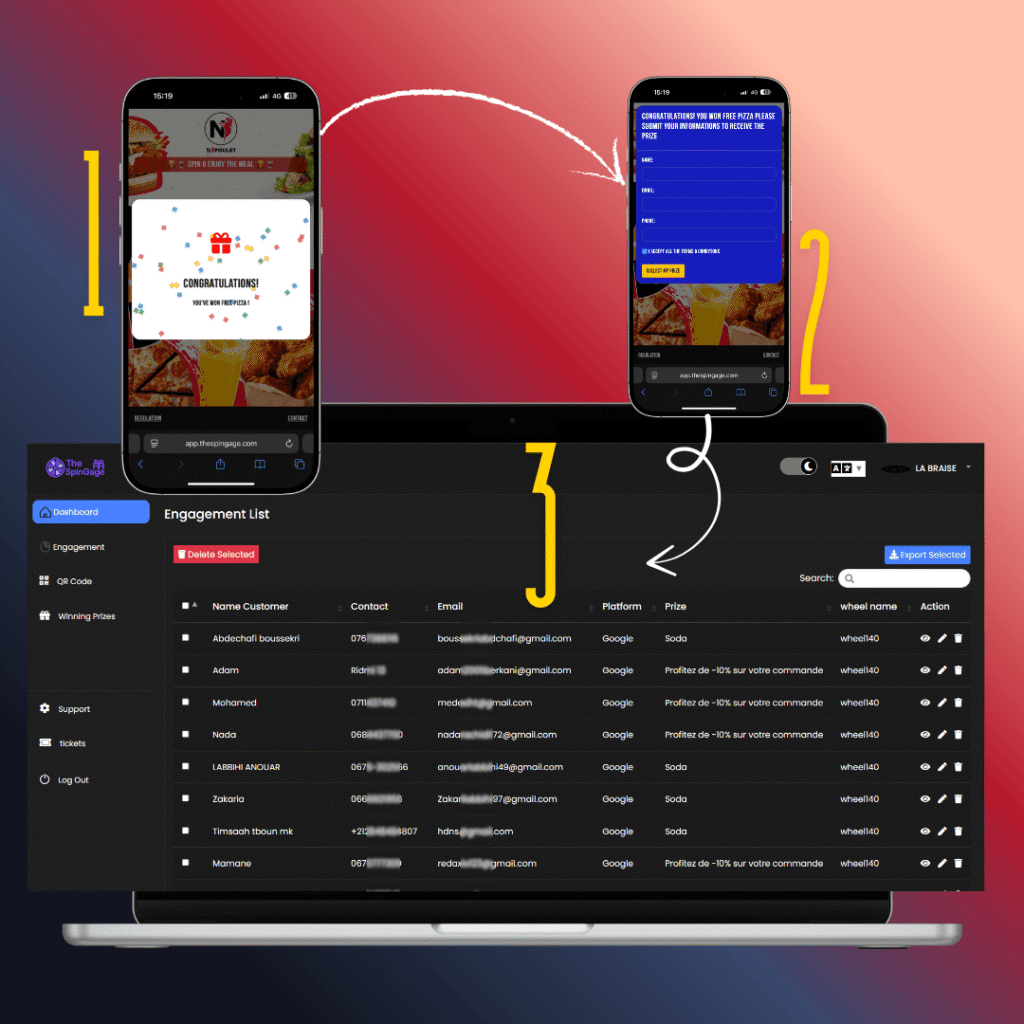
🛠️ Flexible Tracking Options
Track platform Top performing .
Track the wheel segments (number of prizes, Winner Gameplay).
Number of Plays , Track top performing wheel
Set up expiration dates for vouchers and offers.
Get Acces to LEADS , Extraxt & Modiify it .
Why You Should Opt for TheSpinGage Solution
Running a business today is not just about serving customers – it’s about creating memorable experiences that keep them coming back and spreading the word. That’s exactly what TheSpinGage delivers.
🎯 Stand Out from Your Competitors
Most restaurants, cafés, and shops rely only on discounts or word of mouth. With TheSpinGage, you turn every visit into a fun, interactive moment that clients remember and talk about.
⭐ Collect More Positive Reviews
Google reviews are the new “digital reputation.” Our system motivates clients to leave reviews in exchange for a chance to win rewards – giving you the social proof that attracts new clients effortlessly.
💌 Grow Your Customer Database
Every spin is an opportunity to collect emails and data, helping you stay connected with your clients through newsletters, promotions, and loyalty campaigns.
🔄 Boost Loyalty and Repeat Visits
Customers love rewards. By making every visit a chance to win, you encourage repeat visits, turning occasional clients into loyal fans of your business.
⚡ 100% Simple & Automated
No technical headaches. Once installed, TheSpinGage works automatically – whether through QR codes on tables, flyers, or digital screens. You just set the rules, and the system does the rest.
👉 TheSpinGage isn’t just a tool – it’s your new customer magnet.
Increase engagement, grow your reviews, and build a strong database without spending more on ads.
📲 Activate TheSpinGage today and turn visitors into loyal, returning customers!
START TODAY
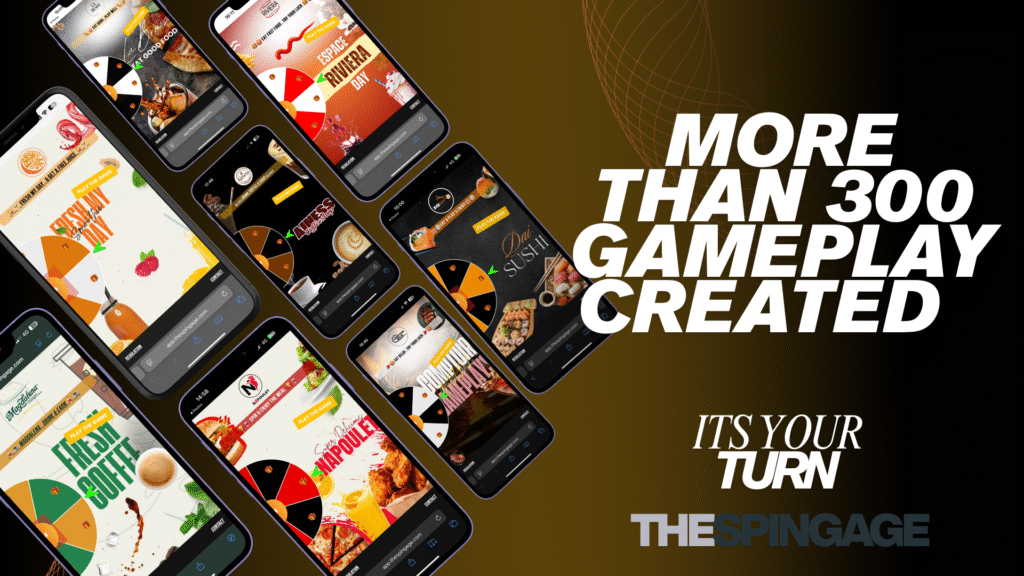
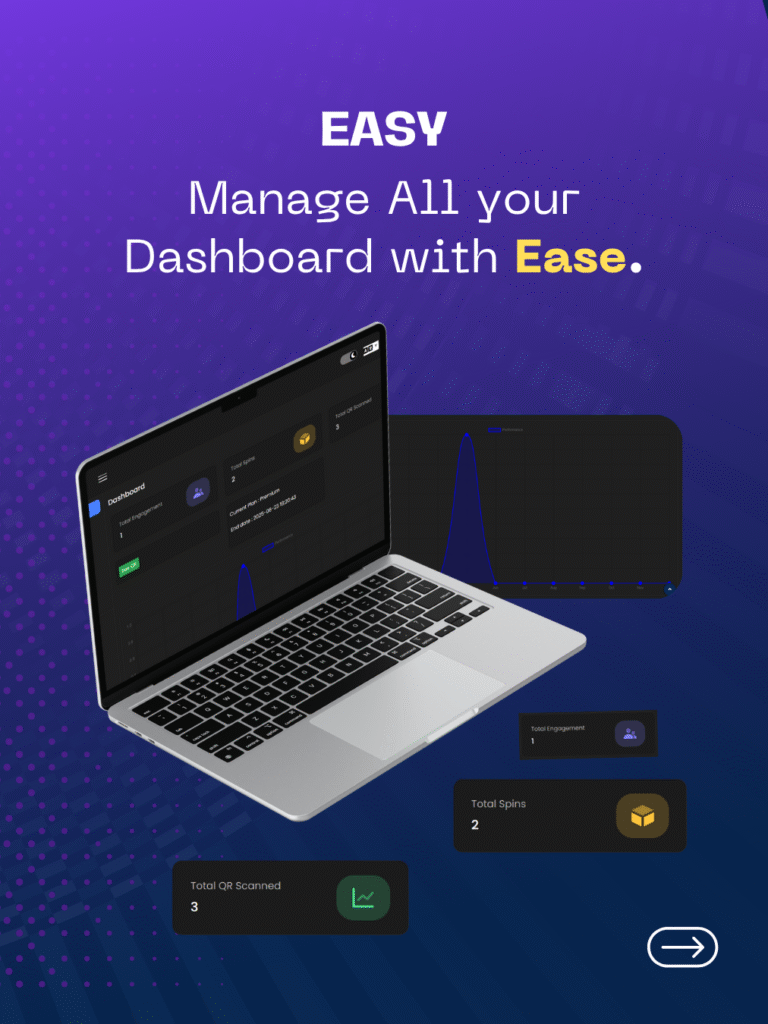
SpinGage automates review collection by seamlessly integrating with your business platforms to prompt customers for feedback at the right moment. It can automatically send personalized review requests via email or SMS after a purchase or service, making it easy for customers to share their experiences. This automation not only increases the volume of reviews but also ensures consistent and timely feedback, helping businesses maintain a strong online reputation without manual effort.
Combine this with strategic local SEO practices, including keyword research, category optimization, and building citations and backlinks, and you’re positioning your business to dominate local search
Don’t miss out on the future of interactive marketing—harness the power of QR codes today and stay ahead of the competition.
Unlock Your QR Marketing Potential Now →
The Transformation Journey to 2025
As technology advanced, QR codes began to be used in various industries, including marketing. The widespread adoption of smartphones played a crucial role in their transformation into marketing powerhouses.
Key Technological Advancements
Advances in QR code technology have enabled dynamic content updates, enhanced security features, and better analytics. These improvements have made QR codes more appealing to marketers.
Adoption Milestones
Significant adoption milestones include their use in payment systems, event ticketing, and product packaging. As of 2025, QR codes continue to evolve, integrating with emerging technologies like AR and AI.
As noted by a marketing expert, “QR codes have become an essential tool in modern marketing strategies, offering a unique blend of physical and digital engagement.” The future of QR codes looks promising, with continued innovation on the horizon.
Why QR Code Marketing Dominates in 2025
QR code marketing has become a dominant force in 2025, thanks to its adaptability in a post-pandemic world and integration with emerging technologies. The COVID-19 pandemic accelerated the adoption of contactless technologies, with QR codes at the forefront of this shift.
The Post-Pandemic QR Revolution
The pandemic created an environment where consumers and businesses alike sought contactless solutions. QR codes emerged as a convenient and hygienic way to facilitate transactions, provide information, and enable interactions without physical contact.
Integration with Emerging Technologies
The integration of QR codes with augmented reality (AR) and artificial intelligence (AI) has enhanced their functionality. This convergence has enabled more sophisticated marketing strategies, including interactive experiences and personalized customer engagements.

Consumer Behavior Shifts
Consumer behavior has undergone significant changes, with a notable shift towards mobile-first interactions. This shift has been accompanied by generational differences in QR code usage.
Generational Differences in QR Usage
Younger generations, such as Gen Z and Millennials, are more comfortable using QR codes due to their familiarity with smartphones and digital technologies. In contrast, older generations are increasingly adopting QR code technology as it becomes more ubiquitous and user-friendly.
Mobile-First Consumer Expectations
The expectation for seamless mobile experiences has driven the adoption of QR codes. Consumers now expect to be able to quickly access information, make payments, or interact with brands through their mobile devices.
Types of QR Codes Revolutionizing Marketing in 2025
QR codes have evolved beyond their initial purpose, and in 2025, various types are revolutionizing marketing strategies. The diversity in QR code types allows businesses to tailor their marketing efforts more effectively, enhancing customer engagement and experience.
Static vs. Dynamic QR Codes
The primary distinction in QR code types lies between static and dynamic QR codes. Static QR codes are fixed and unchangeable once generated, containing information that is directly encoded. On the other hand, dynamic QR codes are linked to a specific URL or data storage, allowing for real-time updates without changing the QR code itself.
When to Use Each Type
- Use static QR codes for simple, one-time applications where the information doesn’t need to change.
- Opt for dynamic QR codes for campaigns that require flexibility and updates, such as promotional offers or event details.
Cost-Benefit Analysis
While static QR codes are generally free or low-cost, dynamic QR codes often require a subscription to a management platform. However, the flexibility and analytics provided by dynamic QR codes can justify the additional cost for many businesses.
Visual QR Codes and Brand Integration
Visual QR codes incorporate branding elements, making them more aesthetically pleasing and aligned with a company’s visual identity. These customized QR codes can significantly enhance brand recognition and user engagement.
Interactive and Gamified QR Experiences
The integration of QR codes with interactive and gamified experiences is on the rise. By linking QR codes to exclusive content, discounts, or games, businesses can create a more immersive experience for their customers.
“The future of QR code marketing lies in its ability to blend seamlessly with emerging technologies, creating unique and engaging experiences for consumers.” – Marketing Expert
In conclusion, the various types of QR codes offer a range of possibilities for marketers in 2025. By understanding the differences and applications of static, dynamic, visual, and interactive QR codes, businesses can leverage these tools to enhance their marketing strategies.
Strategic Applications of QR Codes Across Industries in 2025
The versatility of QR codes is being leveraged across multiple sectors, revolutionizing how businesses interact with customers. As we explore the strategic applications of QR codes in 2025, it becomes evident that their impact is widespread, transforming various industries in innovative ways.
Retail and E-commerce Innovations
In retail and e-commerce, QR codes are enhancing customer experiences by providing quick access to product information, reviews, and exclusive offers. For instance, stores are using QR codes on product labels, allowing customers to scan and view additional product details or watch tutorial videos.
Hospitality and Tourism Transformations
The hospitality and tourism industries are utilizing QR codes to streamline check-in processes, provide digital menus, and offer guests personalized experiences. Hotels are placing QR codes in rooms, enabling guests to order room service or request amenities with a simple scan.
Healthcare and Pharmaceutical Applications
In healthcare, QR codes are being used to securely store patient information, track medication, and provide access to medical records. Pharmaceutical companies are also using QR codes on packaging to offer patients detailed information about their medications.
| Industry | QR Code Application | Benefit |
|---|---|---|
| Retail | Product information access | Enhanced customer experience |
| Hospitality | Digital check-in and menus | Streamlined services |
| Healthcare | Patient information storage | Improved data security |
| Financial Services | Secure transaction processing | Increased security |
| Real Estate | Virtual property tours | Better customer engagement |
Financial Services and Banking Solutions
Financial institutions are leveraging QR codes to facilitate secure transactions, enable contactless payments, and enhance customer authentication processes. QR codes are also being used in banking apps to quickly access account information or transfer funds.
Real Estate and Property Marketing
In real estate, QR codes are revolutionizing property marketing by allowing potential buyers to access virtual tours, detailed property information, and contact agents directly. Agents are placing QR codes on “For Sale” signs, making it easier for interested buyers to get more information.
By embracing QR code technology, businesses across these industries are not only improving operational efficiency but also creating more engaging and personalized experiences for their customers.
Creating High-Converting QR Code Campaigns
The key to high-converting QR code campaigns lies in strategic planning and optimized execution. To achieve this, marketers must focus on several critical elements that drive engagement and conversion.
Defining Clear Campaign Objectives
Before launching a QR code campaign, it’s essential to define clear objectives. Are you looking to drive sales, increase brand awareness, or collect customer data? Clear objectives guide the design and execution of the campaign, ensuring that every element is aligned with your goals.
Designing for Maximum Engagement
Design plays a crucial role in the success of QR code campaigns. Color psychology can significantly impact how users interact with your QR code. For instance, using colors that contrast with the surrounding environment can increase visibility.
Color Psychology in QR Design
Choosing the right colors for your QR code can enhance its visibility and appeal. Consider the emotional impact of different colors and how they align with your brand identity.
Size and Placement Considerations
The size and placement of your QR code are equally important. Ensure that the code is large enough to be easily scanned and placed in a location where it’s easily accessible.

Optimizing Landing Pages for QR Traffic
Once a user scans your QR code, the landing page experience is crucial. Mobile responsiveness is key, as most QR code scans occur on mobile devices.
Mobile Responsiveness Essentials
Ensure that your landing page is optimized for mobile devices, with fast loading times and easy navigation.
Loading Speed Optimization
A slow-loading page can deter users and negatively impact your campaign’s success. Optimize images and streamline your page’s code to ensure quick loading times.
QR Code Marketing: Best Practices for 2025
In 2025, QR code marketing is not just about slapping codes on products; it’s about crafting a seamless user experience. As QR codes continue to bridge the physical and digital worlds, marketers must adopt best practices to ensure their campaigns are effective and engaging.
Placement Strategies for Maximum Scans
Strategic placement is crucial for the success of QR code campaigns. High-visibility areas such as product packaging, storefronts, and marketing materials can significantly boost scan rates. Consider placing QR codes in locations where they naturally complement the consumer’s journey, such as on product labels or in-store displays.

Call-to-Action Optimization
A well-crafted call-to-action (CTA) can dramatically increase QR code engagement. Use action-oriented language like “Scan to Discover” or “Unlock Exclusive Content” to encourage users to interact with the QR code. The CTA should be clear, concise, and directly related to the content or offer behind the QR code.
Mobile Experience Considerations
Given that QR codes are primarily accessed via mobile devices, ensuring a smooth mobile experience is paramount. This includes optimizing landing pages for mobile, minimizing load times, and ensuring that the content is easily consumable on smaller screens.
Testing and Iteration Protocols
To maximize the effectiveness of QR code campaigns, marketers should implement rigorous testing and iteration protocols. This involves tracking key performance indicators (KPIs), analyzing user behavior, and making data-driven adjustments to improve campaign performance over time.
Integrating QR Codes with Your Omnichannel Strategy
As businesses strive to create seamless customer experiences, integrating QR codes into their omnichannel strategies has become increasingly crucial in 2025. This integration enables brands to connect various customer touchpoints, enhancing overall engagement and driving conversions.
Connecting Physical and Digital Touchpoints
QR codes serve as a bridge between physical and digital marketing efforts. By placing QR codes on product packaging, print advertisements, or in-store displays, businesses can direct customers to their digital platforms, thus creating a cohesive brand experience.
Social Media Integration Techniques
Integrating QR codes with social media can significantly boost engagement. For instance, QR codes on product labels can link directly to a brand’s social media page or a specific campaign, encouraging customers to share their experiences online.
Email Marketing Enhancement with QR Codes
QR codes can also enhance email marketing campaigns by providing a quick link to promotional content or exclusive offers, thereby increasing click-through rates and driving sales.
In-Store and Event Marketing Applications
In physical stores and at events, QR codes can be used to provide customers with additional product information, exclusive discounts, or to facilitate contactless payments, thereby enhancing the overall customer experience.
Measuring QR Code Campaign Success
Understanding how to measure QR code campaign success is essential for optimizing future marketing efforts. To achieve this, marketers need to focus on key metrics that provide insights into campaign performance.
Essential Metrics to Track
Tracking the right metrics is crucial for evaluating the success of QR code campaigns. Two primary metrics to focus on are:
Scan Rates and Conversion Metrics
Scan rates indicate the initial engagement with your QR code, while conversion metrics show the actual impact on your business, such as sales or sign-ups. For instance, a high scan rate with low conversions might indicate a mismatch between the QR code’s promise and the landing page experience.
User Journey Analysis
Analyzing the user journey helps in understanding how users interact with your QR code campaign from start to finish. This includes tracking the pages they visit, the actions they take, and where they drop off.
Analytics Platforms and Tools
Utilizing the right analytics platforms and tools is vital for tracking QR code performance. These tools can provide detailed insights into scan rates, conversion rates, and user behavior. Popular options include Google Analytics, QR code generator platforms with built-in analytics, and specialized QR code tracking software.
Interpreting Data for Campaign Optimization
Once you’ve collected data on your QR code campaign, the next step is to interpret this data to optimize your marketing strategy. This involves identifying what worked well and what didn’t, and making data-driven decisions to improve future campaigns.
Privacy and Security Considerations for QR Marketing
As QR code marketing continues to gain traction, concerns about privacy and security have become paramount. Marketers must navigate these challenges to ensure the long-term success of their QR code campaigns.
Addressing Consumer Privacy Concerns
Consumers are increasingly wary of how their data is being used. To address these concerns, marketers should be transparent about the data they collect through QR codes and provide clear opt-out options. Implementing robust data protection measures is crucial for building trust with your audience.
Best practices for consumer privacy include:
- Clearly communicating what data is being collected
- Providing easy opt-out mechanisms
- Ensuring compliance with relevant data protection regulations
Security Features in Modern QR Technology
Modern QR codes have evolved to include various security features that protect against fraud and unauthorized access. These features include encryption, secure authentication protocols, and the ability to track and monitor QR code usage.
Key security features to look for:
- Encryption to protect data
- Secure authentication to verify QR code legitimacy
- Usage tracking to monitor and respond to potential security threats
Compliance with Data Protection Regulations
Marketers using QR codes must comply with various data protection regulations, depending on their geographical location and target audience.
GDPR Implications
For businesses operating within the EU, the General Data Protection Regulation (GDPR) imposes strict guidelines on data collection and processing. Ensuring GDPR compliance is critical when using QR codes to collect personal data.
CCPA and US Regulations
In the United States, the California Consumer Privacy Act (CCPA) is a significant regulation that affects how businesses handle consumer data. Marketers must understand and comply with CCPA requirements when using QR codes for marketing purposes.
By prioritizing privacy and security, marketers can not only comply with regulations but also build a loyal customer base that trusts their brand.
Top QR Code Generation and Management Tools for 2025
QR code technology has advanced significantly, offering a range of tools for businesses to enhance their marketing strategies in 2025. As businesses continue to adopt QR code marketing, the demand for sophisticated QR code generation and management tools has increased.
Enterprise-Level QR Platforms
Enterprise-level QR platforms offer advanced features such as customizable designs, detailed analytics, and integration with CRM systems. Unilever uses QR codes on product packaging to link consumers to promotional content, leveraging enterprise-level QR platforms for their campaigns.
Small Business QR Solutions
For small businesses, QR code solutions like QRCode Monkey and GoQR.me provide easy-to-use interfaces for creating customized QR codes without requiring extensive technical knowledge.
Free vs. Paid Options: What You Get
While free QR code generators offer basic functionality, paid options provide additional features like advanced analytics, custom branding, and higher scan limits. According to a recent survey, businesses using paid QR code solutions report a 30% higher engagement rate compared to those using free versions.
“The right QR code tool can significantly enhance a business’s marketing efforts by providing valuable insights and improving customer engagement.”
Marketing Expert
Integration Capabilities with Marketing Stacks
Many QR code tools now offer integration with popular marketing platforms, enabling businesses to streamline their campaigns and improve ROI. For instance, integrating QR codes with email marketing tools can enhance customer engagement.
When choosing a QR code generation and management tool, businesses should consider their specific needs, including the level of customization required, analytics capabilities, and integration with existing marketing stacks.
Case Studies: Brands Winning with QR Code Marketing in 2025
With the advancement of QR technology, 2025 has witnessed remarkable success stories in QR code marketing across diverse industries. Brands have been leveraging QR codes to create innovative marketing strategies, enhancing customer engagement and driving sales.
Retail Success Stories
In the retail sector, companies like Walmart and Target have successfully integrated QR codes into their marketing campaigns. For instance, Walmart used QR codes on product packaging to offer exclusive discounts, resulting in a 25% increase in sales for the promoted products.
Restaurant and Food Industry Innovations
The restaurant and food industry have also seen significant innovations with QR code marketing. A notable example is Starbucks, which implemented QR codes on their menu boards, allowing customers to quickly access nutritional information and reviews. This campaign led to a 30% increase in customer engagement.
Entertainment and Media Breakthroughs
In the entertainment and media sector, QR codes have been used to enhance viewer experiences. For example, a popular TV show used QR codes during commercials to provide additional content, such as behind-the-scenes footage. This strategy resulted in a 40% increase in viewership engagement.
Non-Profit and Cause Marketing Examples
Non-profit organizations have also benefited from QR code marketing. The American Red Cross used QR codes in their fundraising campaigns, allowing donors to quickly contribute via their mobile devices. This approach led to a 20% increase in donations.
| Industry | QR Code Application | Result |
|---|---|---|
| Retail | Exclusive discounts on product packaging | 25% sales increase |
| Restaurant | Menu board nutritional information | 30% customer engagement increase |
| Entertainment | Additional content during commercials | 40% viewership engagement increase |
| Non-Profit | Fundraising campaign donations | 20% donations increase |
As these case studies demonstrate, QR code marketing has become a powerful tool across various industries in 2025. By leveraging QR codes, brands can create engaging, interactive experiences that drive customer action and loyalty.
“The use of QR codes has revolutionized our marketing strategy, allowing us to connect with customers in a more meaningful way.” – Marketing Director, Walmart
Conclusion: Leveraging QR Code Marketing for Business Growth
As we navigate the ever-evolving landscape of digital marketing in 2025, QR code marketing stands out as a powerful tool for driving business growth. By understanding the evolution, types, and strategic applications of QR codes, businesses can unlock new opportunities for customer engagement and conversion.
Effective QR code marketing growth is rooted in clear campaign objectives, compelling design, and seamless integration with omnichannel strategies. By leveraging these elements, businesses can capitalize on the potential of QR code marketing to enhance customer experiences, drive sales, and inform business growth strategies.
As QR technology continues to advance, staying ahead of the curve will be crucial for marketers looking to maximize their ROI. By adopting best practices, measuring campaign success, and prioritizing consumer privacy, businesses can harness the full potential of QR code marketing to fuel their growth in 2025 and beyond.
FAQ
What is QR code marketing?
QR code marketing is a form of marketing that uses Quick Response codes to connect customers with specific content, promotions, or experiences.
How do I create a QR code?
You can create a QR code using a QR code generation tool, such as those offered by Google or specialized QR code platforms like QRCode Monkey or GoQR.me.
What are the benefits of using dynamic QR codes?
Dynamic QR codes offer the flexibility to change the linked content without having to alter the QR code itself, making them ideal for campaigns that require updates or changes.
How can I optimize my QR code for maximum engagement?
To optimize your QR code, consider factors such as color psychology, size, and placement, as well as ensuring a seamless mobile experience.
What are some best practices for QR code marketing?
Best practices include strategic placement, clear call-to-actions, mobile experience considerations, and ongoing testing and iteration.
How can I measure the success of my QR code campaign?
To measure success, track essential metrics such as scan rates, conversion metrics, and user journey analysis, using analytics platforms and tools.
What are the privacy and security considerations for QR code marketing?
Marketers must address consumer privacy concerns, utilize security features in modern QR technology, and comply with data protection regulations like GDPR and CCPA.
What are some top QR code generation and management tools?
Top tools include enterprise-level QR platforms, small business QR solutions, and options that integrate with marketing stacks, such as HubSpot or Marketo.
Can you provide examples of successful QR code marketing campaigns?
Brands like Coca-Cola, McDonald’s, and Walmart have successfully utilized QR code marketing in various industries, including retail, food, and entertainment.
How can I integrate QR codes with my omnichannel marketing strategy?
Integrate QR codes by connecting physical and digital touchpoints, enhancing social media integration, improving email marketing, and supporting in-store and event marketing applications.



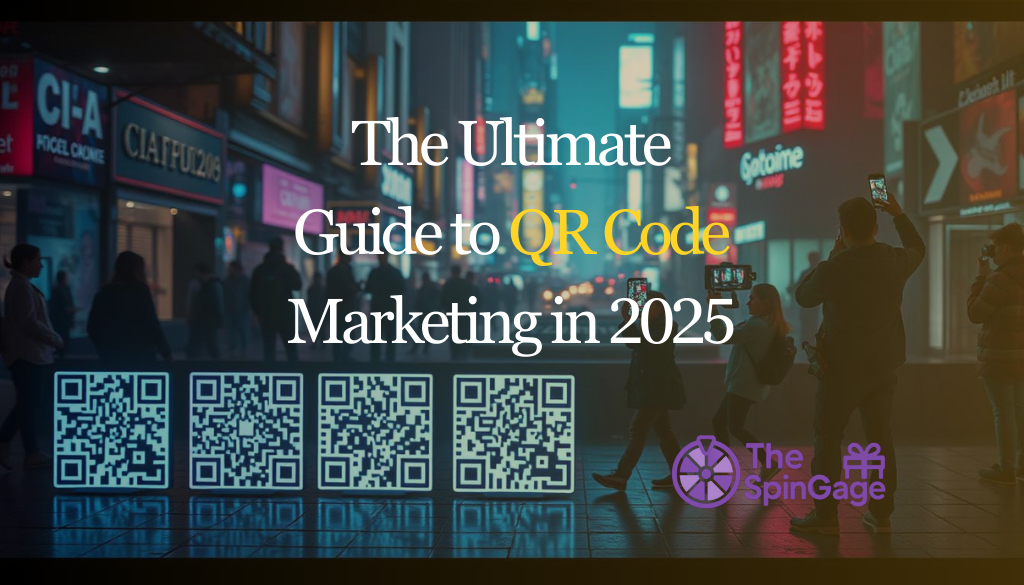


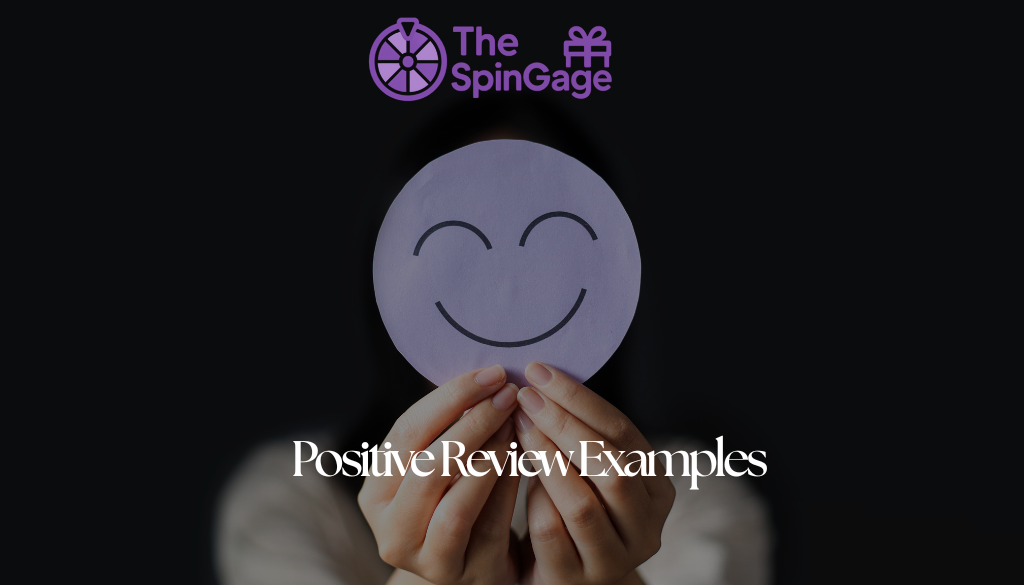





Leave a Reply